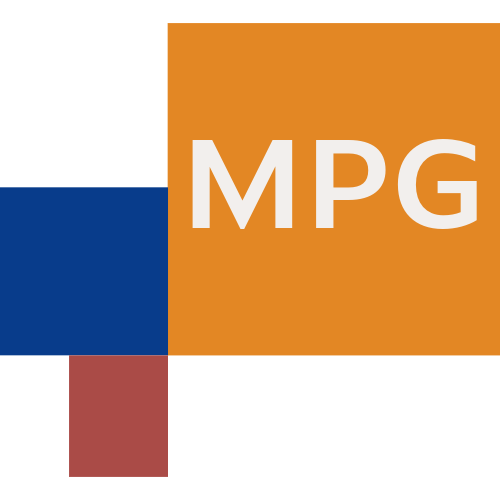menu
menu
Menu
cancel
- arrow_back_iosBacknavigate_nextpersonPersonal
- groupCommunities
- articleBlogs
- eventEvents
- sourceTemplates
- question_answerQuestions
- schoolLearning
- business_centerBusiness
- live_helpFAQ
How can organizations effectively implement and adhere to environmental, social, and governance (ESG) reporting standards to enhance stakeholder communication and meet regulatory requirements?
What are the key components that should be included in an effective anti-corruption policy to ensure transparency and accountability within an organization?
How can governments and organizations measure the effectiveness of their anti-corruption policies, and what metrics or indicators should be used in this evaluation process?
In what ways can technology and digital tools support the implementation and enforcement of anti-corruption policies, and what challenges might arise from their use?
**How does real-time monitoring improve the decision-making process in various industries, and what are the key technologies used to implement this capability effectively?
2. **What are the potential challenges and limitations of real-time monitoring systems, particularly in terms of data security, scalability, and integration with existing IT infrastructure?
3. **In what ways can real-time monitoring be leveraged to enhance customer experience and operational efficiency, and what are some examples of successful implementations across different sectors?
How can businesses effectively measure their social impact to ensure that their operations and initiatives are positively contributing to societal well-being?
In what ways can technology be leveraged to enhance the social impact of nonprofit organizations and community initiatives?
What are the key principles outlined in the Donor Bill of Rights that organizations should follow to ensure the protection and respect of their donors' interests?
